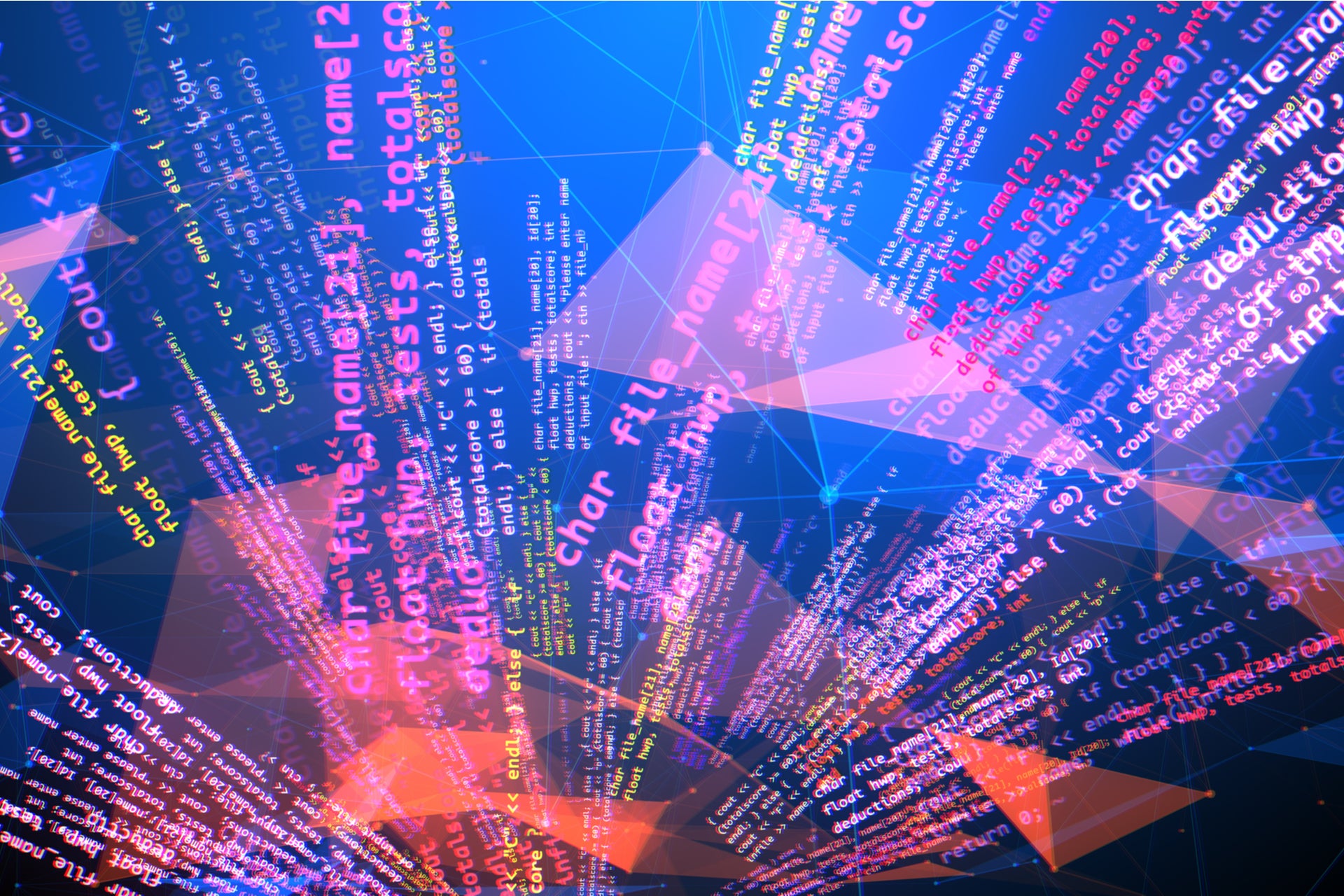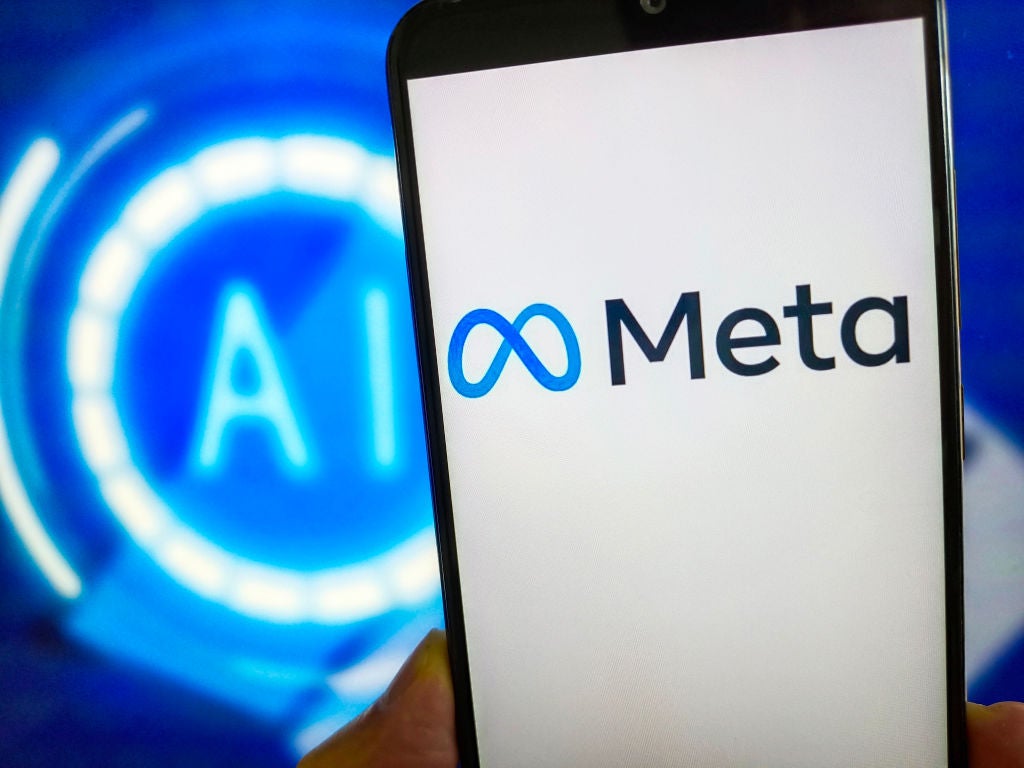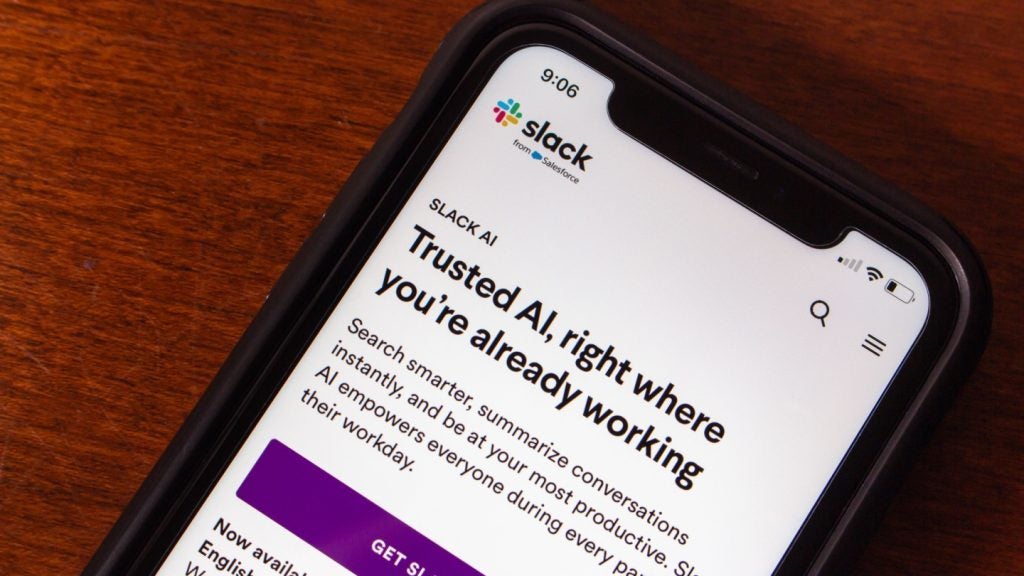
Many enterprises are already implementing artificial intelligence (AI) or robotic process automation (RPA) to manage specific parts of their business. However, often neglected is an enterprise strategy to hold these technologies together and unite them with human processes.
Rather than implementing AI and RPA as new cordoned-off silos within IT, organisations should look for ways to holistically orchestrate end-to-end business processes across the modern workforce of people, smart systems, and bots.
This sort of orchestration is done very well by low-code development platforms that have strong business process management and case management capabilities. By replacing written code with simple flowchart drawing, a low-code platform enables rapid development of high-impact business applications. Low-code’s inherent process management makes it easy to more successfully leverage the symbiotic relationship between RPA, AI, and people.
When we hear of AI, it’s not uncommon for employees to fear automation and robots eliminating their jobs. However, this is not the case in most industries. Humans and machines are far more powerful when working together. Finding the right formula where AI, RPA and low-code work in unison is crucial. It’s about time modern enterprises unlock the full potential of low-code ensuring they keep pace with competitors and deliver exceptional user experience for ‘always on’ consumers.
The interlocking paths of RPA and AI
Given their inherent similarities, it’s entirely logical that RPA and AI would have crossover in a variety of different contexts. Both of these technologies are contingent upon bringing order to processes – usually workflows, in either the physical or digital realm – that might otherwise run the risk of falling into disorder for any number of reasons, most notably human error.
More often than not it’s easier for organisations to implement RPA in advance of AI, especially in instances where they are still reliant to some degree on legacy systems. Complete overhauls of companies’ existing tools for business process management in favour of more advanced technologies are quite difficult, as they can’t be accomplished quickly – and, in some instances, aren’t realistic at all. The better approach, then, is to use the addition of something like RPA as a table-setter for more substantive changes to operating methods.
How well do you really know your competitors?
Access the most comprehensive Company Profiles on the market, powered by GlobalData. Save hours of research. Gain competitive edge.

Thank you!
Your download email will arrive shortly
Not ready to buy yet? Download a free sample
We are confident about the unique quality of our Company Profiles. However, we want you to make the most beneficial decision for your business, so we offer a free sample that you can download by submitting the below form
By GlobalDataWith that being said, the increasing frequency with which RPA and AI are coming as a package deal means BPM advancements or overhauls won’t be quite as complex to manage in the next few years.
AI-enhanced RPA platforms that automate various organisational workflows and processes are gradually becoming the norm. Yet another example of how truly pervasive digital transformation has become across multiple segments of both the public and private sectors.
For example, psKINETIC, an innovator in cloud-based solutions for customised patient management solutions across independent healthcare providers in the UK, uses AI and RPA to improve outcomes and accelerate decisions in Advanced Referral and Triage for the UK’s National Health Service.
These technologies are also taking root in customer contact centres across nearly every industry because bots are much faster and more accurate than humans at making high-volume and repetitive data changes across backend systems, while AI services can draw smart conclusions by analysing in real-time data sets that are vastly more complex than humans can manage.
RPA-AI hybrid solutions in action
Without a doubt, the business of pharmaceutical development and production is one of the most highly regulated sectors in the world, in no small part because it’s characterised by numerous complex processes. One mistake in the chemical formulation of a particular drug – or a flaw in the physical steps of manufacturing tablets, capsules, liquids or other forms of medication – can lead to illnesses and even deaths among users.
Because of this, it’s of the utmost importance for pharmaceutical businesses to implement numerous fail-safes in their BPM practices, and the combination of RPA and AI can help provide these precautionary measures.
Low-code puts application development in the hands of IT users. Intense regulation means life-preserving drugs and therapies can take years to come-to-market. But in the fast-moving world of pharma, using off-the-shelf software such as Excel to track all compliance needs is like innovating with one hand tied behind your back.
Low-code helps workers in the pharma industry build their own applications that circumvent such problems and bring drugs to market much faster. It can also work alongside the likes of RPA and AI to help streamline drug development processes and leverage data to inform life-saving decision making. This technology also helps to bridge complexity, which is rife in the pharma industry, without having to radically change the process while ensuring end-to-end control.
To support the speed and accuracy of diagnosis for diseases like cancer, RPA must be embraced and used on the front line to help further reduce diagnosis time. Traditional approaches to interpreting patient information rely heavily on human input and are not suited for high-volume, routine clinical testing. The most respected oncologists, medical specialists and clinicians know that only with the highest degrees of accuracy, repeatability and reproducibility that lives will be saved.
Benefiting customers and workers alike
Hybrid RPA and AI systems take the burden of paperwork, data entry and other time-consuming tasks away from employees – particularly those dealing with customer service. A good example of this is within the financial services or retail banking space. We have seen a great deal of success employing RPA and AI together for various customer-facing needs.
Leading organisations are aggressively working towards achieving greater automation and providing cutting edge customer experiences. They are in the process of transforming how business gets done—a “zero-touch” digital self-service environment—imagine logging into your bank’s mobile app and speaking to a virtual assistant about your needs and getting issues resolved immediately. For a typical large enterprise with hundreds of IT systems, an application like this requires significant behind-the-scenes plumbing.
UnionBank, for example, recently announced it used Appian’s low-code platform to launch its first fully digital branch. The branch, called The Ark, completely transforms the customer experience, making that experience entirely digital, including internet-connected self-service kiosks and virtual reality boxes.
Unlike traditional bank branches, The Ark has done away with rows of tellers and long queues, and has also gone completely paperless. Customers now go to one of the self-service iPad stands stationed around the bank, where they can type in their request, significantly reducing time previously spent waiting in queues for service.
Finding the right AI-RPA-low-code formula
Achieving a seamless customer experience and automating the plethora of related business processes requires organisations to use multiple automation technologies. Bringing these technologies together and understanding the way to best use them will make all the difference.
Software has evolved into a weapon for companies to differentiate themselves, adapt faster than their competitors, and build engaging customer experiences. To excel in this new world, every company needs to build their own software – and do it at a world-class level.
It’s time for businesses to embrace low-code – the unifying development platform – bringing the best out of AI and RPA, to turbo-charge performance in IT and across the business.
Read more: Appian tackles AI integration concerns with “free and easy” plug-ins






